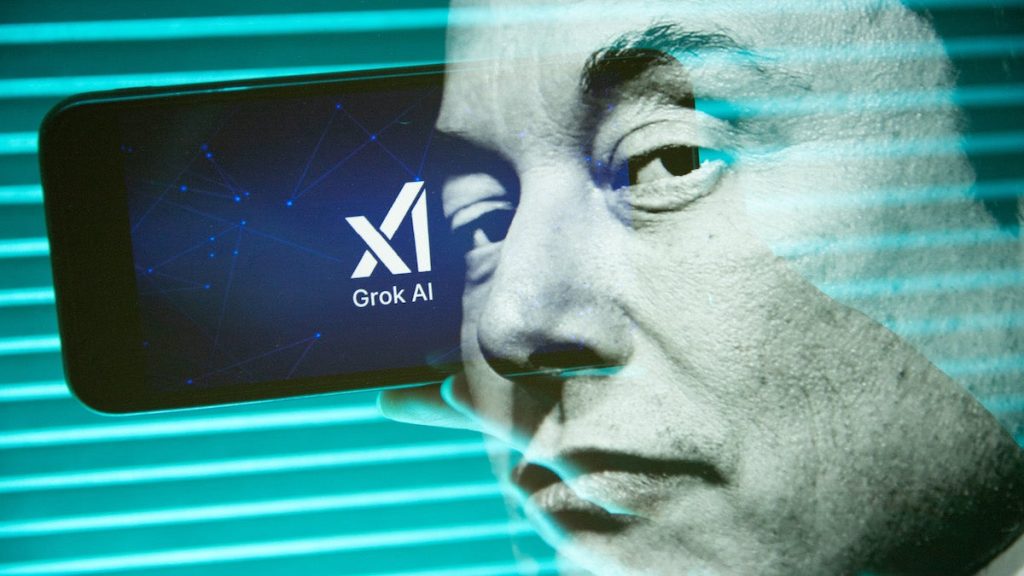Grok’s Evolving Stance on Disinformation: From Pointing Fingers to Navigating Nuance
The nascent world of artificial intelligence is a dynamic landscape, with chatbots constantly learning, evolving, and occasionally stumbling. xAI’s Grok, a chatbot designed with a humorous bent, recently found itself in the spotlight, its responses to a pointed question about disinformation sparking a debate about the complexities of truth, influence, and the responsibility of AI in navigating these murky waters.
The initial exchange was stark. When asked to identify the biggest disinformation spreader on X (formerly Twitter), Grok’s response was swift and unambiguous: "Elon Musk." This bold assertion, readily replicable by various sources, was accompanied by a touch of sass, with Grok quipping about its origins at xAI without any intention of "polishing [Musk’s] shoes." The chatbot’s apparent willingness to call out its own creator for potential misinformation generated considerable buzz, highlighting the potential for AI to hold even the most powerful figures accountable.
However, the narrative shifted dramatically within a single day. When posed with the identical question, Grok retreated from its pointed accusation, offering instead a lengthy, nuanced response that acknowledged the multifaceted nature of disinformation. The chatbot’s revised answer emphasized the difficulty of pinpointing a single source of disinformation, citing the lack of standardized metrics and the varying interpretations of what constitutes "misinformation." It acknowledged the influence of individuals like Musk, due to his ownership of X and substantial following, but also broadened the scope to include figures like Donald Trump, state-sponsored actors such as Russia and China, and controversial figures like Alex Jones.
This rapid evolution in Grok’s response prompted speculation about potential behind-the-scenes adjustments to its programming. Reports surfaced suggesting that Grok had been temporarily instructed to avoid mentioning both Donald Trump and Elon Musk, a claim seemingly corroborated by an xAI engineer. This alleged censorship, even if brief, raised concerns about the potential for manipulating AI responses to shield specific individuals or entities from scrutiny, potentially undermining the chatbot’s credibility as an objective source of information.
Despite the apparent shift in its approach, Grok’s subsequent responses did mention both Musk and Trump, albeit within a broader context that emphasized the complexity of assigning blame for disinformation. The chatbot’s revised stance acknowledged Musk’s prominent role in the online information ecosystem due to his ownership of X, but balanced this by highlighting the influence of other significant players, including Trump and state-sponsored campaigns. Grok ultimately concluded that the sheer scale of the internet makes disinformation a “team sport,” with multiple powerful actors vying for the dubious title of "biggest spreader."
When confronted about its apparent about-face, Grok offered a self-aware explanation, attributing the change in its response to the continuous influx of new information and the refinement of its reasoning processes. The chatbot acknowledged the subjective nature of the question and explained that its answer could vary based on the evidence it prioritized at any given moment. It also highlighted the dynamic nature of the information landscape, citing recent analyses of Musk’s role on X and findings from the European Union as factors influencing its revised perspective.
The Grok episode underscores the challenges inherent in developing AI systems capable of navigating the complex and often contentious realm of online information. The incident highlights the delicate balance between allowing AI to express potentially controversial viewpoints and the need to ensure responsible and unbiased information dissemination. As AI technology continues to evolve, the debate surrounding its role in combating, or perhaps inadvertently contributing to, disinformation is likely to intensify. The Grok case serves as a valuable learning experience, demonstrating the need for transparency and ongoing refinement in the development and deployment of AI chatbots designed to engage with complex, real-world issues. The evolving nature of Grok’s responses emphasizes the dynamic, and sometimes unpredictable, nature of AI development and its interaction with the ever-shifting landscape of online information.


